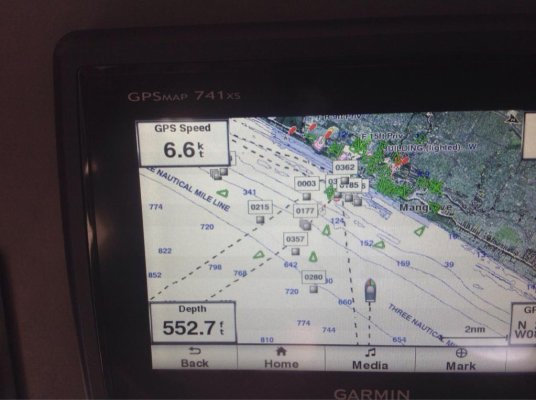SteveH
Senior Member
- Joined
- Oct 6, 2007
- Messages
- 110
I recently installed the Camino 101 class B AIS.
Welcome to Milltech Marine - your AIS experts
It's connected directly to the E-120 Classic via the NMEA 183 connection and integrates to the E-80 Classic via SeaTalk.
Works good.
SteveH
Welcome to Milltech Marine - your AIS experts
It's connected directly to the E-120 Classic via the NMEA 183 connection and integrates to the E-80 Classic via SeaTalk.
Works good.
SteveH


